Epoxy resin floor: much more than an industrial pavement
The epoxy resin floor is a continuous pavement that offers countless benefits that go far beyond its easy and quick application. A most versatile material that allows the professional to renovate all types of spaces without construction and debris along the way. And it is a coating that does not require expansion joints and therefore, is placed on the existing pavement.
An added value highly considered in large areas such as industrial warehouses or car parks, some of the spaces where its use is most prolific. Places that require materials that facilitate renovating considerable dimensions in the shortest possible time and that equally guarantee unbeatable performances. Two factors that an epoxy resin floor fulfils perfectly.
Although the epoxy resin floor forms an originally industrial and commercial pavement, the exponential increase in its use in homes in recent years as well as in offices confirms its enormous decorative possibilities. An integration that has been developing gradually thanks to the variety of its finishes and colours, while for its magnificent chemical resistances.
But, what exactly is an epoxy floor? Below we give you the keys to a continuous pavement with enormous possibilities and excellent technical performance.
What is an epoxy resin floor?
Epoxy resin is a material that allows for the creation of continuous floors with the most diverse finishes. Floors also referred to as continuous polymeric coatings whose common denominator is durability, shine and superior chemical resistances compared to other coatings on the market.
The epoxy resin floor is made up of a thermosetting polymer that when mixed with a catalyst agent reacts and hardens. A composition responsible for durability, waterproofing and abrasion resistance being some of its most notable features.
A pavement that does not deform with heat and stands out compared to other coatings for a
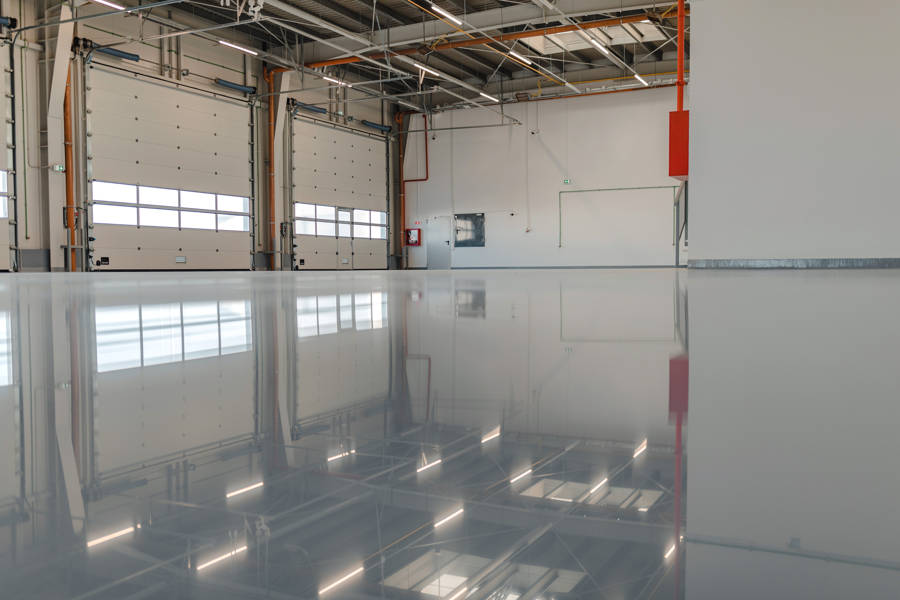
Features of epoxy resin flooring: main advantages and disadvantages
The epoxy floor presents significant benefits, but also some disadvantages. Factors that need to be evaluated to determine if it is the type of pavement you are looking for and whether or not it adapts to your tastes and needs. Below we develop the main ones:
The resistance of epoxy flooring is superior to other pavements
Epoxy resin floors offer a high resistance to corrosion, wear from abrasion and traffic without suffering any kind of damage. It is precisely because of this support capacity that it is used in vehicle and heavy machinery parking lots, laboratories, warehouses, etc. In addition, epoxy floors can be exposed for a prolonged time to chemical agents without their performance being affected.
The epoxy resin floor is applied over existing pavements
With an epoxy resin floor, you can revitalise any space without removing the existing pavement. As there is no need for construction work, no rubble is generated and, consequently, the renovation is carried out in a shorter period of time than other coatings with the consequent advantage that labour is also reduced.
In this regard, the epoxy resin floor can be installed over ceramic and concrete pavements, among others. A quick and simple application, although it requires a professional to execute it correctly.
Continuous and smooth finish thanks to the epoxy floor
With epoxy flooring, a continuous and smooth finish is created effortlessly, as the thickness of this type of pavement is reduced. A feature that visually maximises spaces, especially those of smaller dimensions. Hardly any thickness is added to the new pavement, so the structural load is not affected at all.
The drying time of an epoxy resin floor is short
Cada pavimento es un mundo. No todos los tipos de suelo ofrecen las mismas resistencias, ni el mismo tiempo de ejecución y de curado. Un factor trascendental del que depende la velocidad de instalación y, por consiguiente, la elección de un tipo u otro para abordar según qué obra por sus exigencias.
In relation to this, the epoxy resin floor stands out for offering a short drying time compared to other alternatives on the market. Its drying time is around 8 hours approximately and, if you opt for this paving system, it can be walked on just 24 hours later.
The epoxy resin floor is solvent-free
In the construction and decoration sector, many of the materials used for paving are composed of components, pardon the redundancy, that contain solvents. Some solvents that distil strong smells during their installation. Something that does not happen with an epoxy resin floor, as its formula does not include solvents and therefore its installation is more pleasant and simple.
The installation of an epoxy resin floor requires specialised labour
Although the easy and quick application of an epoxy resin floor has been detailed in the preceding paragraphs, it is also true that its installation can only be carried out by specialised labour. Having experienced professionals is the only formula to perform a job that avoids problems in the future.
Excessive humidity, problem in sight on epoxy resin floor
It is as important to eliminate any trace of dust and dirt on the existing pavement, as it is to ensure that there is not too much moisture in the substrate before applying the epoxy system. And it is that an excessive degree of moisture can trigger problems in the union of the current floor with the epoxy resin floor. A noticeably weaker union would be obtained or it could not be formalized at all. So, be careful.
Incorrect primer, setback of the future epoxy floor
An epoxy floor bears many similarities to paint, starting because it develops in liquid form and, over time, becomes a solid coating. Just as it happens with paint, on an epoxy resin floor it is extremely important to get the primer right. As using a primer that is not compatible or directly not using it, would generate problems in the adhesion between the pavements.
A primer that is crucial in epoxy floors, as they are commercial and industrial pavements that suffer from wear and tear continuously.
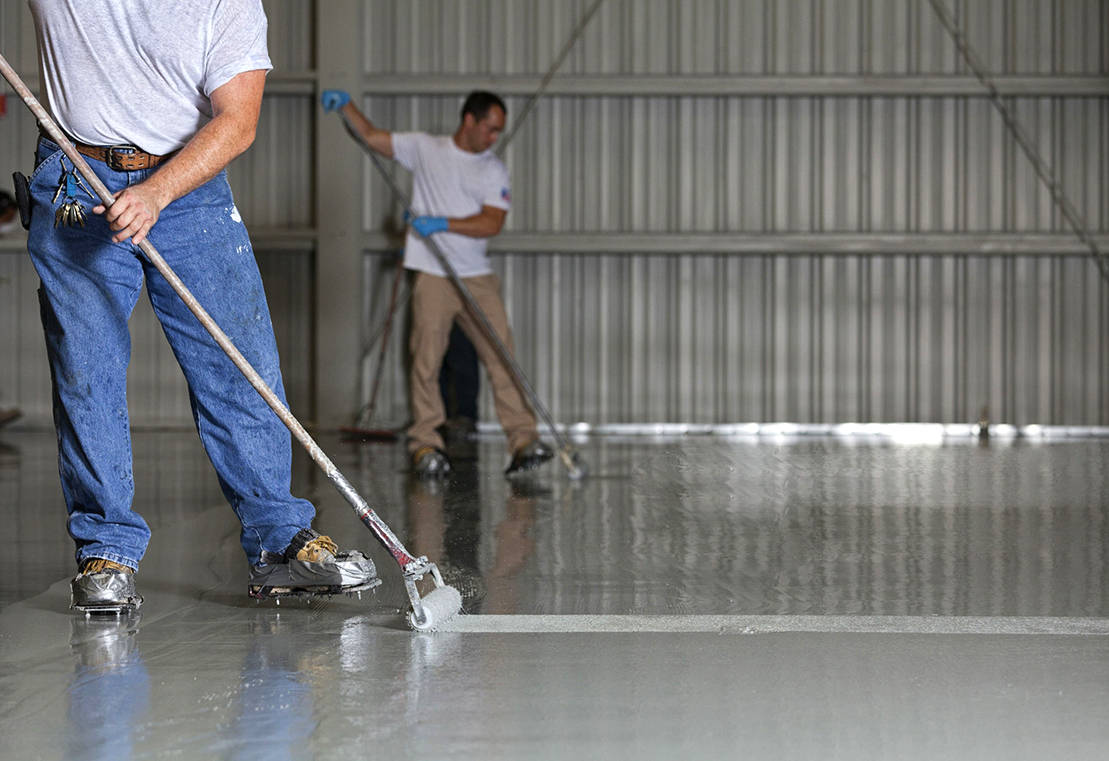
The versatility of epoxy resin flooring: up to 5 different types
As previously mentioned, the epoxy resin floor is characterised by the variety of finishes it makes available to the professional. And although erroneously all systems that can be obtained from this resin are called epoxy floor, it is necessary to differentiate them.
1. Self-levelling epoxy resin floors
Self-levelling floors are undoubtedly the most well-known within the family of epoxy resin floors. They are mainly used as flooring for industrial areas due to their high mechanical and chemical performance. Generally, the finishes are in colour.
Within the family of self-levelling epoxy resin floors, we find two other subtypes according to their thickness. On one hand, 1mm, which are usually applied on well-conditioned concretes, self-levelling mortars or similar to guarantee greater protection. Their finishes are smooth and shiny.
And on the other hand, there are self-levelling floors with a thickness greater than 2 mm. This variety is more suitable for surfaces that present some type of irregularity or smooth surfaces in which greater durability is sought. This is the most used system in decoration.
2. Epoxy resin floors or multilayer systems
Multilayer systems are epoxy resin floors with anti-slip finishes and whose average thickness is 2 mm per saturated layer. For decorative finishes, coloured quartz is used.
This involves applications of alternate layers of primer and epoxy paint, where a sprinkling or also called sowing of aggregates is carried out in order to obtain rough anti-slip surfaces. In the case of using coloured quartz and transparent resins, the resulting decorative pavements are of high quality.
3. 3D epoxy resin floors, vinyl or artistic
This epoxy resin floor is achieved by pouring transparent self-levelling epoxy over a vinyl. The result is a crystal effect and the creation of a fixed image on the pavement, which is fully protected with a layer of epoxy glass.
4. Epoxy microcement, the latest thing
If there is a coating that can overshadow it, and it does, to the epoxy resin floor, it is the microcement. A continuous decorative coating with great functionality, thanks to its extraordinary performance, along with stunning decorative finishes. So, why choose when you can have the best of each system in a single product?
Industtrial , Ourepoxy microcementaúna los acabados del microcemento con la dureza, altas resistencias químicas e impermeabilidad del suelo de resina epoxi. Y disponible en 16 colores.
5. Epoxy paints, the most traditional and economical system
And last but not least, epoxy paints. One of the systems that generates the most confusion and to which the label of epoxy resin floor is assigned when it is not exactly the same.
Epoxy paint constitutes that vibrant coloured pavement and sometimes even extravagant, which extends in car parks and floors of industrial warehouses. Among its peculiarities, its average thickness of 0.2 to 0.4 mm stands out; which consists of primer and its high resistance to the traffic of trolleys and vehicles.
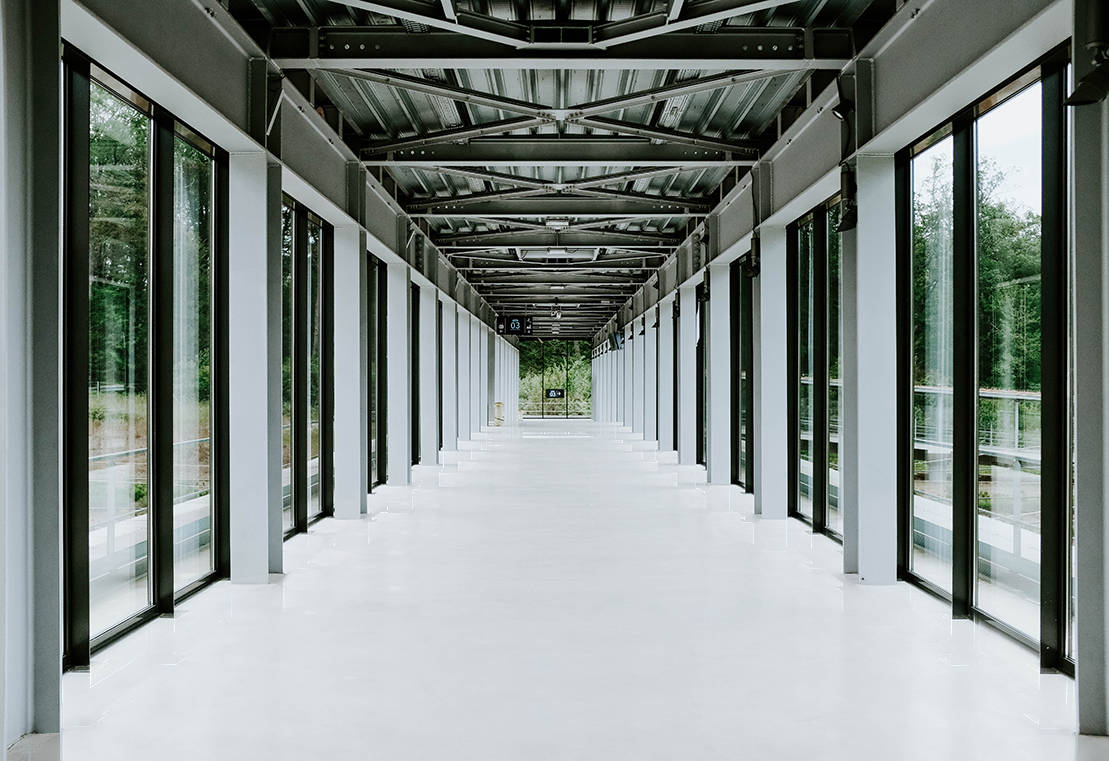
Where is an epoxy resin floor installed? Most common uses
An epoxy resin floor can be installed almost on any surface. Its low thickness allows for very quick maintenance. However, there are some places where its use is more common than others. Next, we are going to develop the main areas in which we find this continuous pavement.
1. Due to sanitary requirements, epoxy resin flooring is highly regarded as flooring in food companies as well as kitchens. Similarly, it is very common in pharmaceutical laboratories and in hospital plants.
2. The epoxy resin floor is also highly valued for the matter of chemical protection. In this sense, it is a pavement that is constantly applied in food companies exposed daily to spills of fruit juices, lactic acid, blood, etc. A protection that extends to the spillage of aggressive liquids, which is why the epoxy floor is ideal for laboratories and warehouses.
3. The clean and aseptic aesthetics of an epoxy resin floor has skyrocketed its use in automotive workshops, car parks and garages. As well as any type of factory or warehouse in general.
4. One must not lose the aesthetic perspective, as an epoxy resin floor is still a decorative coating despite being more introduced in the industrial field. An epoxy floor that is perfect for offices, commercial premises and homes.
Epoxy resin floor price: how much does the square metre cost
The price of an epoxy resin floor varies depending on the chosen system. For example, it will be much cheaper to coat a pavement with an epoxy paint than with a 3D or vinyl floor. While the cost of the former can be around 8-10 euros per square metre, the latter increases considerably to reach a minimum of 100 euros. Other systems are around 35-40 euros per m2.
In short, the price per m2 of an epoxy resin floor is subject to the following factors:
1. The quality of the material as well as the chosen system of the epoxy resin floor.
2. If the support requires prior repair before pouring the epoxy resin. The substrate must be very well evaluated as if an intervention is necessary, the labour will become more expensive.
3. The size of the space is one of the most determining elements of the price of an epoxy resin floor. It is not at all the same to cover a small office as warehouses or factories of more considerable sizes.
4. Although it may seem obvious, the tools used also influence the cost of an epoxy resin floor.
5. The consultation and professional fee, which is ultimately who decides the final amount.
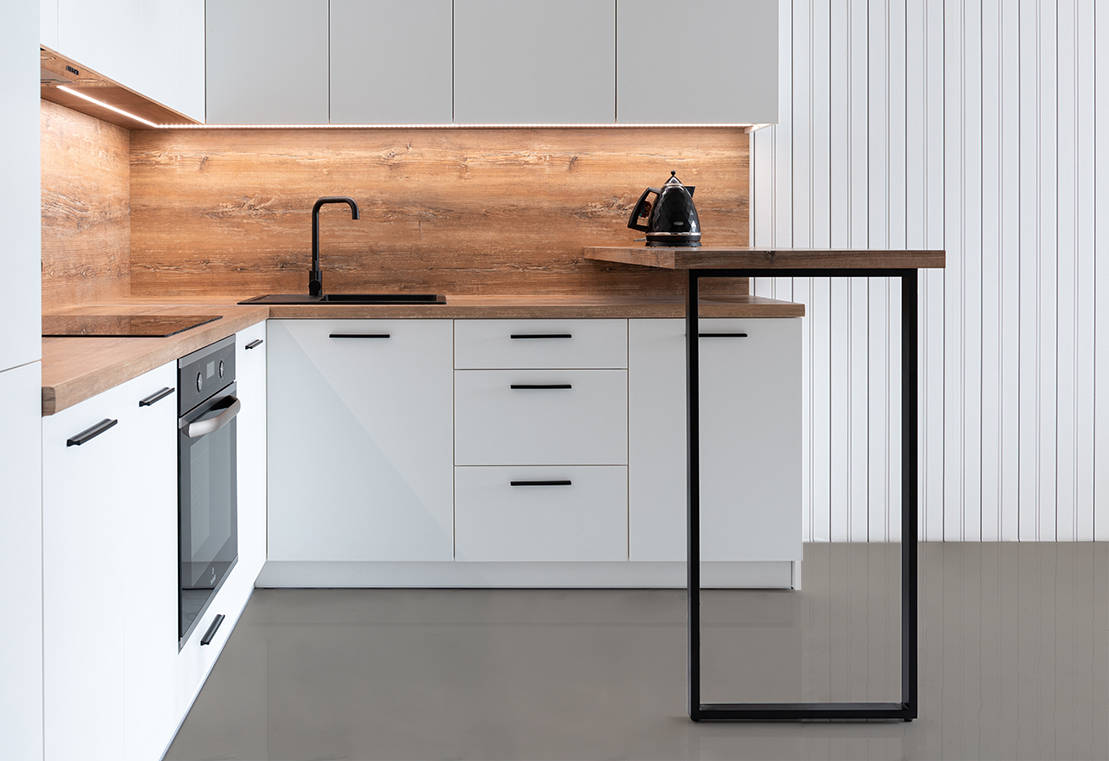
1. A self-installation reduces the price of the epoxy resin floor
Yes, it is possible to install an epoxy floor by yourself. Although it should be specified that in this case it is about small-scale works where the pavements do not require exhaustive treatment as is necessary in places highly exposed to impacts and high traffic. For this situation, the price of the epoxy resin floor would make up the sum of the cost of the material as well as the necessary tools to carry out the installation, primer, cleaning products, etc.
2. Trust in a specialised company, more expensive labour
If, on the other hand, the installation is carried out by a specialist, obviously the cost of the epoxy resin floor will be significantly higher. Since quality and experience are paid for and, in this sense, a professional will always use better materials in addition to having the ability to carry out any type of epoxy floor. A complexity that escapes the laypeople.
3. The greater the complexity, the higher the price of the epoxy resin floor will be.
There is an abyssal difference between the price of the simplest epoxy resin floors and those of reduced thickness and those that require motifs and drawings. The cost of pavements that need special designs and more powerful resins like 3D floors skyrocket. However, they are much more stable coatings and resistant to abrasion. That is why the latter are more in demand in the industry sector, as they are not usually necessary for more private use.
4. The price of epoxy resin flooring is lower in large rooms
As a general rule, there are always exceptions, the price per square metre of a large-scale epoxy resin floor is slightly lower. This is due to the individual effort when applying the coating.
5. Irregular or damaged pavement? The cost of epoxy resin flooring skyrockets
And lastly, but no less importantly, it should be noted that the pavement onto which the resin is to be poured may present irregularities or damage that will need to be fixed. If there are also large unevenness or height differences throughout the floor, the self-levelling components that will need to be applied will skyrocket the cost of the epoxy resin floor due to more labour.
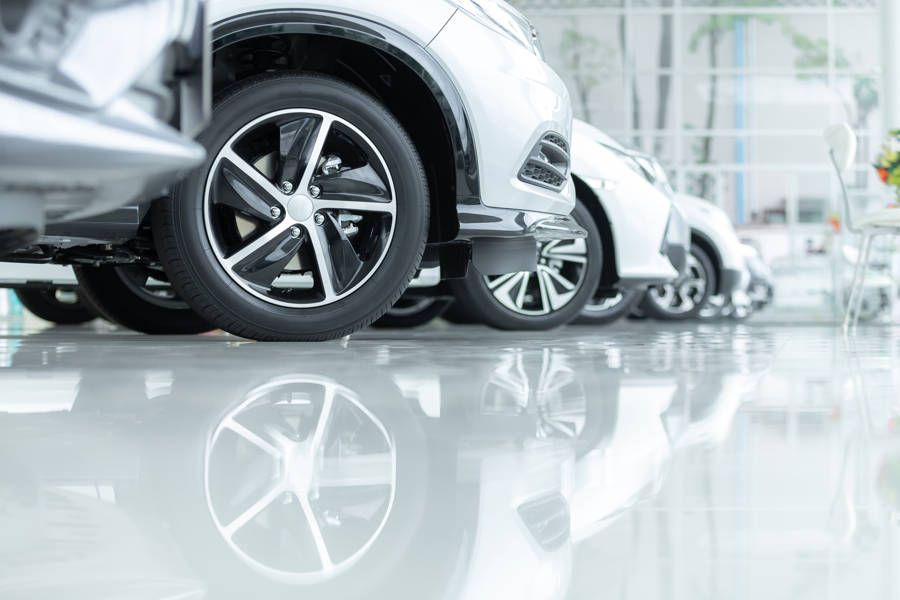
Why use epoxy resin on a wooden floor
You've surely noticed those original furniture and wooden floors encapsulated in epoxy resin. If you like this groundbreaking decorative finish and you're wondering how to do it, you're in the right place.
We develop the main qualities that make epoxy resin the great ally of wooden floors. Attention!
• The epoxy resin protects and waterproofs the wooden floor, preventing the appearance of woodworm and moisture.
• The epoxy resin shines the wood, giving the floor a glass-like appearance.
• The wooden floor can be laminated, varnished and encapsulated thanks to epoxy resin. Any creation and finish is possible.
What is the recommended epoxy resin for a wooden floor?
Most of the epoxy resins available on the market can be applied as varnish for wooden floors. This is due to the magnificent self-levelling, protective and pigmentation properties they allow.
However, in the case of using a thick layer epoxy resin for encapsulating wooden floors, experts agree that it is best to choose one of low viscosity. What is the reason? Because this type of resin more easily releases bubbles to the surface and, consequently, the transparency that is achieved is perfect.
Tips for correctly applying epoxy resin on a wooden floor
Whether you want to apply epoxy resin on a wooden floor or on a piece of furniture to completely change its appearance, there are a number of tips you need to keep in mind for them to shine.
Two are the techniques to be used in the process. On one hand, the varnishing, on the other, the encapsulation. In both cases, the epoxy resin must be prepared in the same way. Pay attention.
• Ensure that the utensils to be used are dry and clean: containers, spatulas, etc.
• Follow the instructions stipulated in the technical sheets of each manufacturer. It is necessary to weigh the correct amount of epoxy resin and recommended catalyst.
• Add the pigment or dye (if desired) to colour the wooden floor while stirring the epoxy resin.
• Mix vigorously the two components.
• Do not lose sight of the curing or hardening time. The mix will start to harden approximately 30 minutes later, depending on the epoxy resin chosen for the wooden floor. You have to limit yourself to that period to work with it before it catalyses.
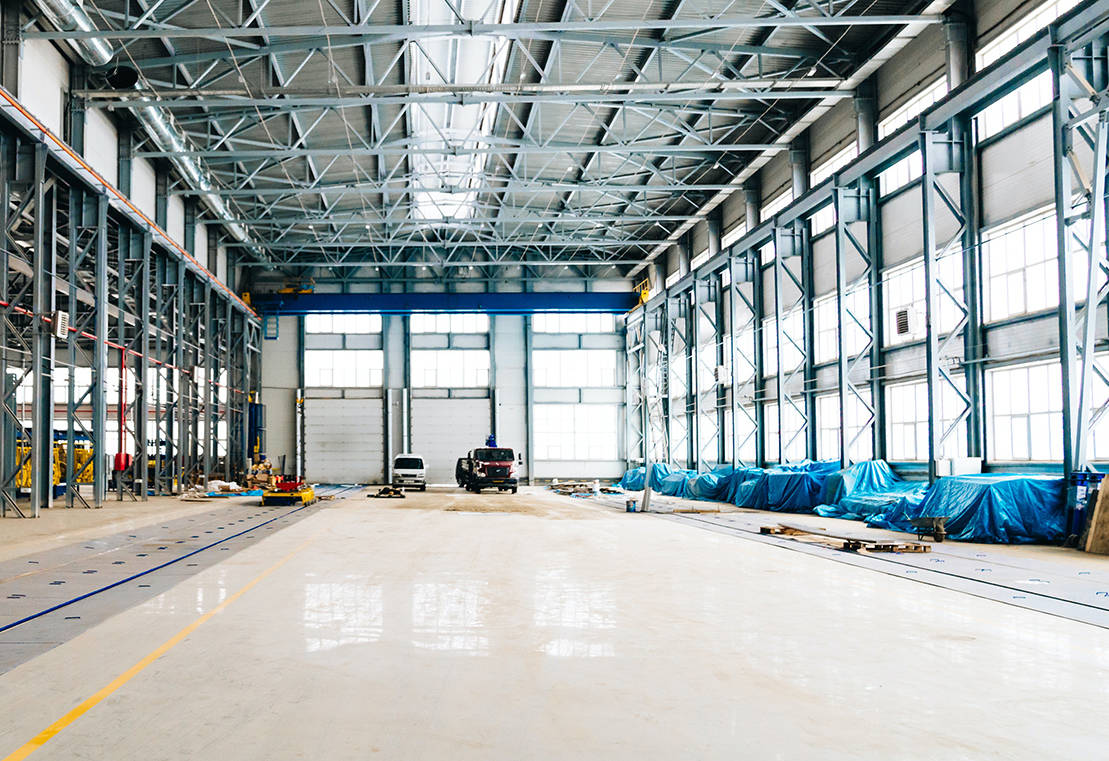
Five reasons to opt for an epoxy resin floor in the home
It has become abundantly clear that due to the peculiarities of epoxy floors, they are pavements that operate in the industrial and commercial sphere. Now, the time has come to explain the reasons why their use in homes has skyrocketed lately. There are five main reasons for the boom in epoxy resin flooring in housing.
1. Epoxy resin flooring in the home: novel aesthetics
The versatility of the epoxy resin floor allows for all kinds of designs and drawings on the pavement, in addition to being able to choose from a large number of colours and textures according to the customer's preferences. A completely adaptable design with a novel aesthetic that allows for quick and easy customisation of environments.
2. The great compatibility of epoxy flooring: all facilities
The epoxy floor can be applied on a multitude of materials without works, directly on the current pavement. It is compatible with tiles, concrete and terrazzo, some of the materials that are most abundant in homes.
This versatility favours the use of epoxy resin flooring in the home, because it is not necessary to use heavy machinery to remove the existing pavement. Less work and less cost! If you are one of those who like to take risks with designs and you have a staircase that has gone out of fashion, with this material you can cover it and promote the feeling of continuity by unifying floor and stairs. A 2 in 1 in every rule!
3. 100% Waterproof, the great value of epoxy resin flooring in homes
Not all coatings resist moisture and are waterproof against water. Some can alleviate this handicap with the use of varnishes and sealers, others not even that. A problem that you will not have to worry about because the epoxy resin floor fits perfectly in humid environments.
The layer of epoxy resin applied to the floor is unalterable to water, making it ideal for rooms such as bathrooms and kitchens. Two of the home spaces that demand a renovation the most.
4. The epoxy floor in the home is non-slip
Linked to its impermeability, is its non-slip character. Kitchens and bathrooms, especially the latter, are places prone to slips and falls. That's why epoxy resin flooring in the home is becoming so popular, beyond its high shine so characteristic.
5. Cleaning and maintenance reduced to the bare minimum
Damp cloth, water and mild detergent. You don't need more for the routine cleaning of the epoxy resin floor in the house. The absence of joints is the best guarantee of maximum hygiene, as bacteria, fungi or mould do not proliferate.
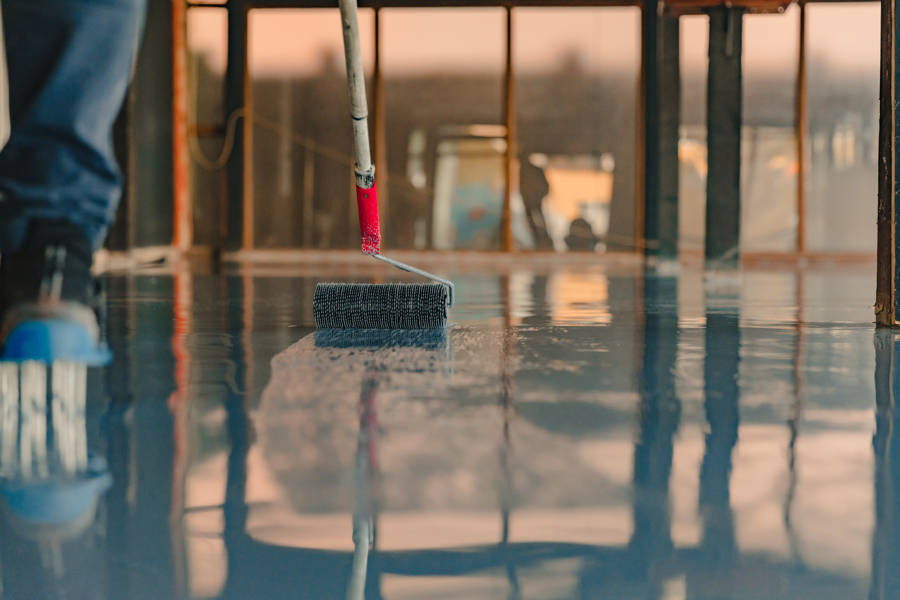
Epoxy resin flooring outdoors? Yes, but with nuances
The yellowing is one of the main drawbacks of using an epoxy resin floor outdoors, as it is a pavement sensitive to sunlight and weather conditions. Hence, its predominant use is as a continuous indoor coating and it is not very popular for outdoor use.
However, this does not mean that it cannot be done in any way. With proper treatment, the yellowing handicap can be solved and bet on an epoxy resin floor outside. If you are convinced to use this pavement for terraces, pay attention.
How to seal the epoxy resin floor to be able to apply it outdoors
To apply epoxy resin flooring outdoors, it is non-negotiable to seal it with at least one layer of polyurethane. Although many professionals even recommend two layers as a preventive measure after the application of another layer of epoxy primer. In this way we obtain a pavement of higher quality and resistance to abrasion, which can be used to coat terraces.
As for the polyurethane with which the exterior epoxy resin floor is going to be sealed, it has to be aliphatic. 100% solid polyurethanes do not solve the yellowing problem.
Subscribe to our newsletter
Receive in your email tips for the application and care of microcement, the latest trends and news from Topciment products.




